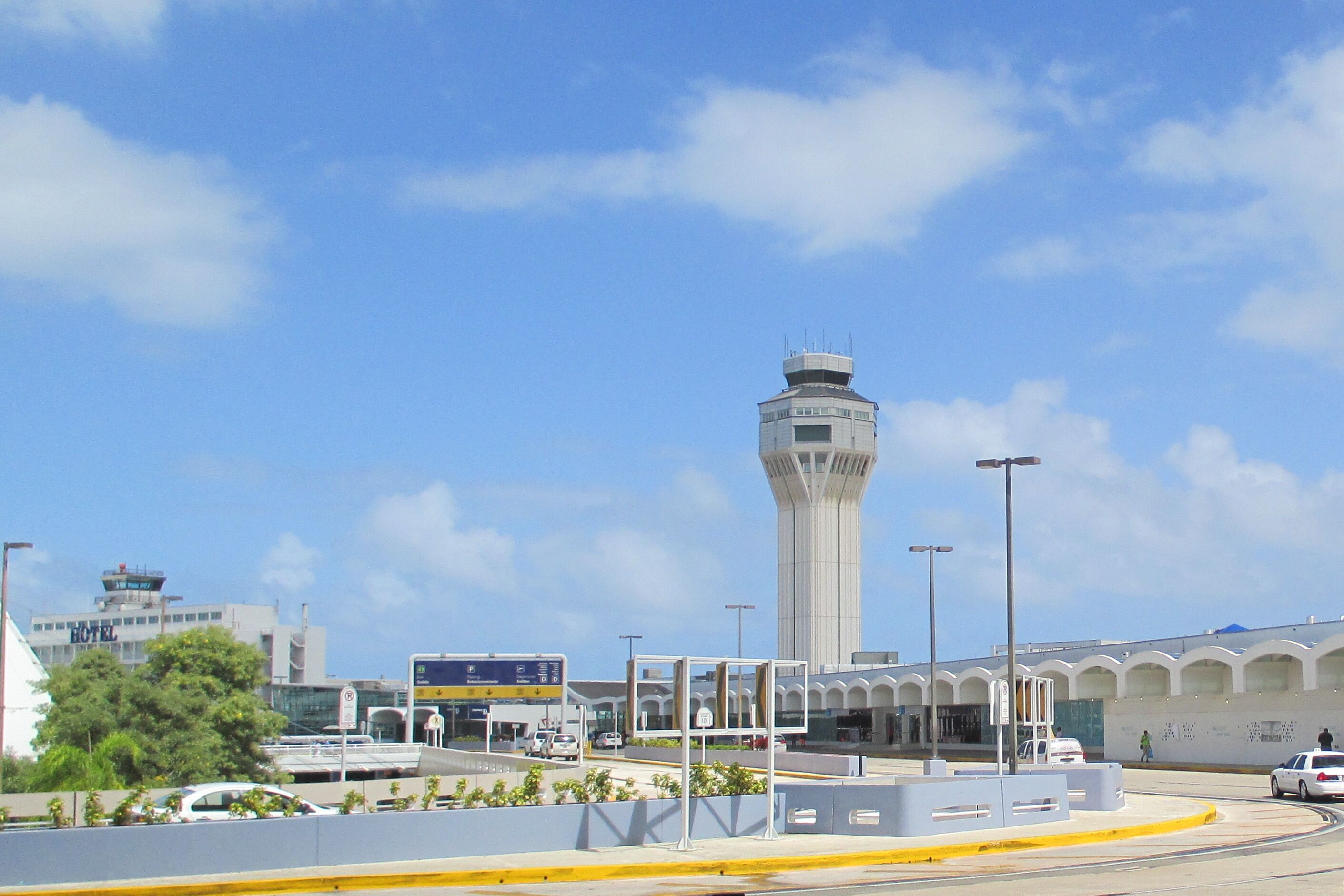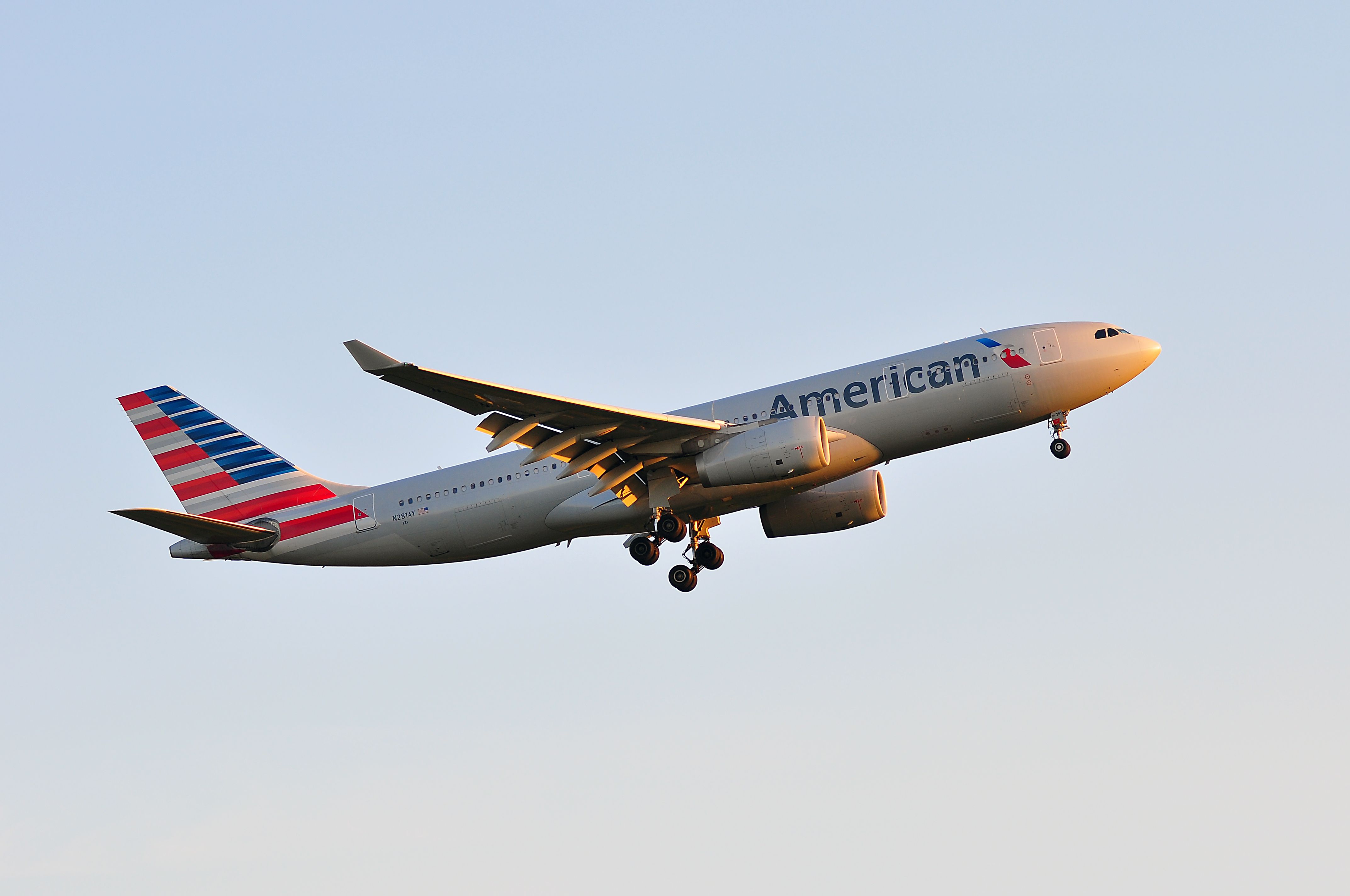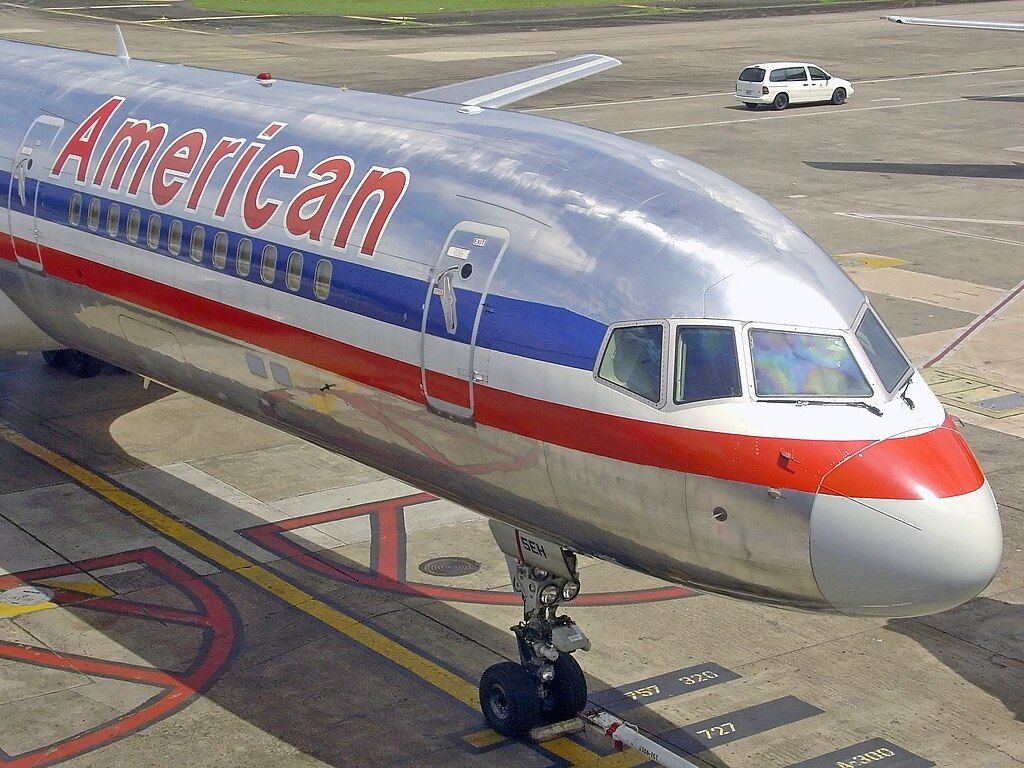American Airlines was once a major player in San Juan, Puerto Rico, operating a bustling hub that served as a key connecting point for travelers across the Caribbean and beyond. However, the airline’s presence at San Juan’s Luis Muñoz Marín International Airport (SJU) has drastically shifted over the years.
Once an important destination in its network, American Airlines has since significantly reduced its presence at San Juan leading many to wonder: what happened to this former hub, and what does the future hold?
The rise of American Airlines in San Juan
In the early 2000s, American Airlines positioned its San Juan hub as a gateway to the Caribbean, connecting mainland US cities with various island destinations. The airline invested heavily in its operations at Luis Muñoz Marín International Airport, utilizing the strategic location to serve both leisure and business travelers.
Photo: refrina | Shutterstock
According to Aviation Week, at its peak in 2007, American Airlines operated over 35,000 annual departures from San Juan, offering more than 4.5 million seats. This robust schedule made the airport one of the most important hubs in the airline’s network, especially for routes to and from the Caribbean.
2013: a strategic de-hubbing
The financial crisis of the late 2000s, combined with rising fuel costs and increased competition from low-cost carriers, led American Airlines to reevaluate its operational strategy. In 2012, the airline filed for bankruptcy protection, triggering widespread restructuring efforts. As part of these changes, American Airlines began the process of “de-hubbing” San Juan in 2013.
The decision to de-hub San Juan was driven by several factors:
- Financial Constraints: The airline needed to cut costs and streamline operations to survive its financial troubles.
- Competition: Carriers like JetBlue and Spirit Airlines were expanding aggressively in the Caribbean, offering lower fares that undercut American’s pricing strategy.
- Shift in Focus: American Airlines redirected resources to other hubs that promised higher profitability, such as Miami (MIA), which also served as a Caribbean gateway.
By 2014, the effects of the de-hubbing process were clear. Annual departures from San Juan had fallen to just over 4,000, and the number of seats offered had dropped to approximately 700,000. This represented an 84% decline in flight movements and an 84.4% reduction in available seats compared to 2007.
2015: A glimmer of hope?
However, there seemed to be a slight suggestion of recovery in 2015. Despite the substantial reduction in operations, American Airlines did not completely abandon San Juan. After bottoming out in 2014, American seemingly began to rebuild its capacity at SJU.
Photo: Vytautas Kielaitis | Shutterstock
Here’s a timeline of American Airlines’ decline (and rise) in San Juan, as outlined in an Aviation Week article dated 2017:
- 2007: 35,000 annual departures, offering 4.5 million seats.
- 2014: Just over 4,000 annual departures, with 700,000 seats.
- 2015: This year marked the first significant increase since the de-hubbing process began. American Airlines boosted its available seats, growing year-on-year capacity by 7.7%.
- 2016: Seat capacity surpassed one million for the first time since 2012, with a 40.2% increase on 2015.

Related
Puerto Rico Is Set To Receive A New Airport Lounge That Is Open To Everyone
Escape Lounges will open its latest location at Luis Muñoz Marin International Airport in San Juan this winter.
This growth indicated that while San Juan was no longer the hub it once was, it remained a valuable part of American Airlines’ network. The airline, however, shifted its focus to operating point-to-point routes rather than using San Juan as a connecting hub.
2017: the end of a legacy route
While the developments of 2015 and 2016 signaled the potential comeback of San Juan as a hub, American Airlines made a move in April 2017 that solidified its de-hubbing strategy: dropping its key services between New York John F. Kennedy and San Juan.
In a USA Today report, spokesperson LeKesha Boewn was quoted as saying:
“We have made the difficult decision to cancel our service. We continually evaluate our network, looking at supply and demand for each route we serve. We want to ensure our fleet and crews are serving routes that are profitable, better positioning us for long-term success against global competition.”
This decision was indeed a difficult one for the airline, as it had been operating the service since March 1971, inheriting it from Trans Caribbean Airlines when American Airlines acquired the former. More than 46 years after it began serving the route, the airline ceased its twice-daily round-trip JFK-SJU operations on August 22, 2017.
However, this did not mean American Airlines completely stopped flying to San Juan. After axing its JFK-SJU flights, it continued operating 21 daily flights between SJU and five of its other hubs, namely, Charlotte, Chicago O’Hare, Dallas/Fort Worth, Miami, and Philadelphia.
Why did the San Juan hub ultimately fail?
American Airlines’ San Juan hub failed to thrive due to a combination of external pressures and internal restructuring. Factors such as the rise of low-cost carriers, economic challenges in Puerto Rico, and a shift in the airline’s strategic priorities all contributed to the decline. Additionally, Miami International Airport offered a more efficient hub for Caribbean connections, leading American to concentrate resources there.
While the days of San Juan as a bustling hub are over, American Airlines continues to maintain a presence on the island. The airline now operates a scaled-back schedule, focusing on high-demand leisure routes and maintaining ties with the local market. The airline’s recovery efforts suggest that while it may never return to its former glory, San Juan remains an important destination for American Airlines.






